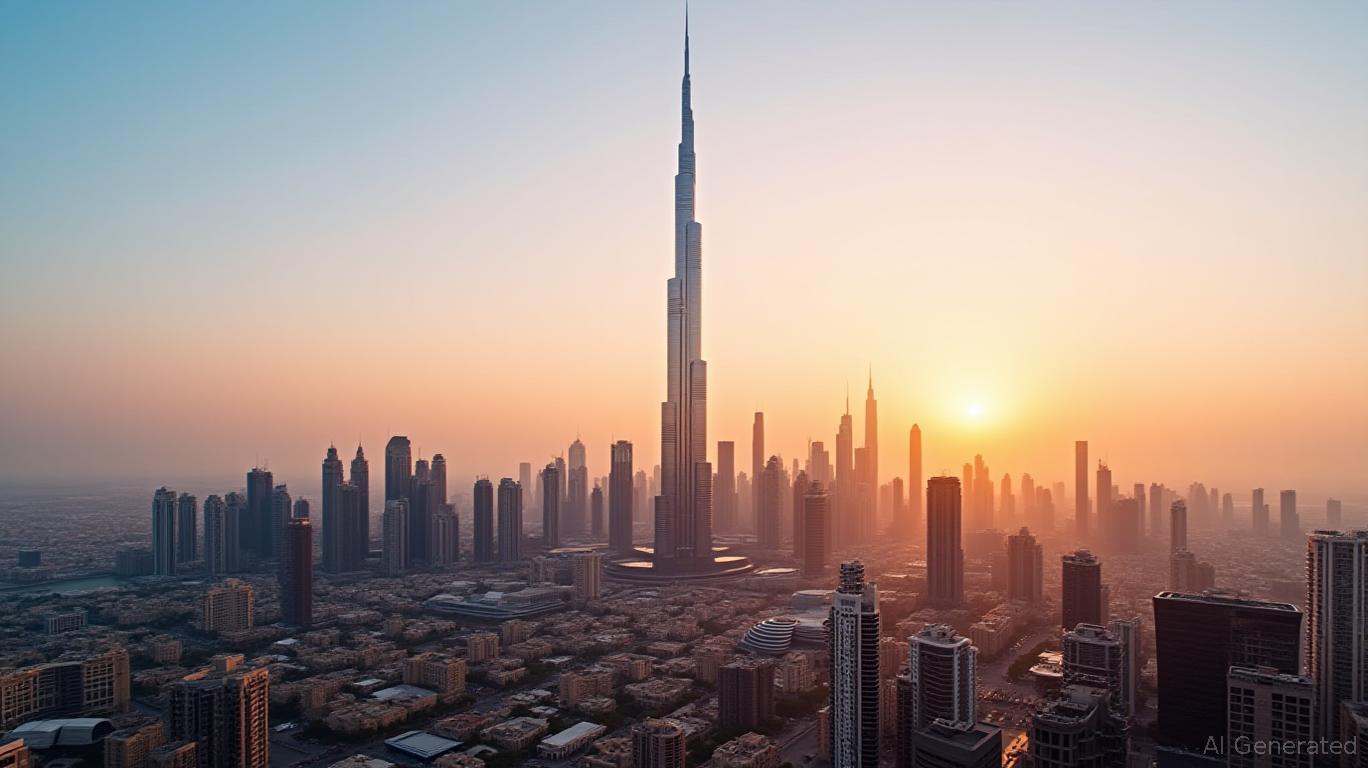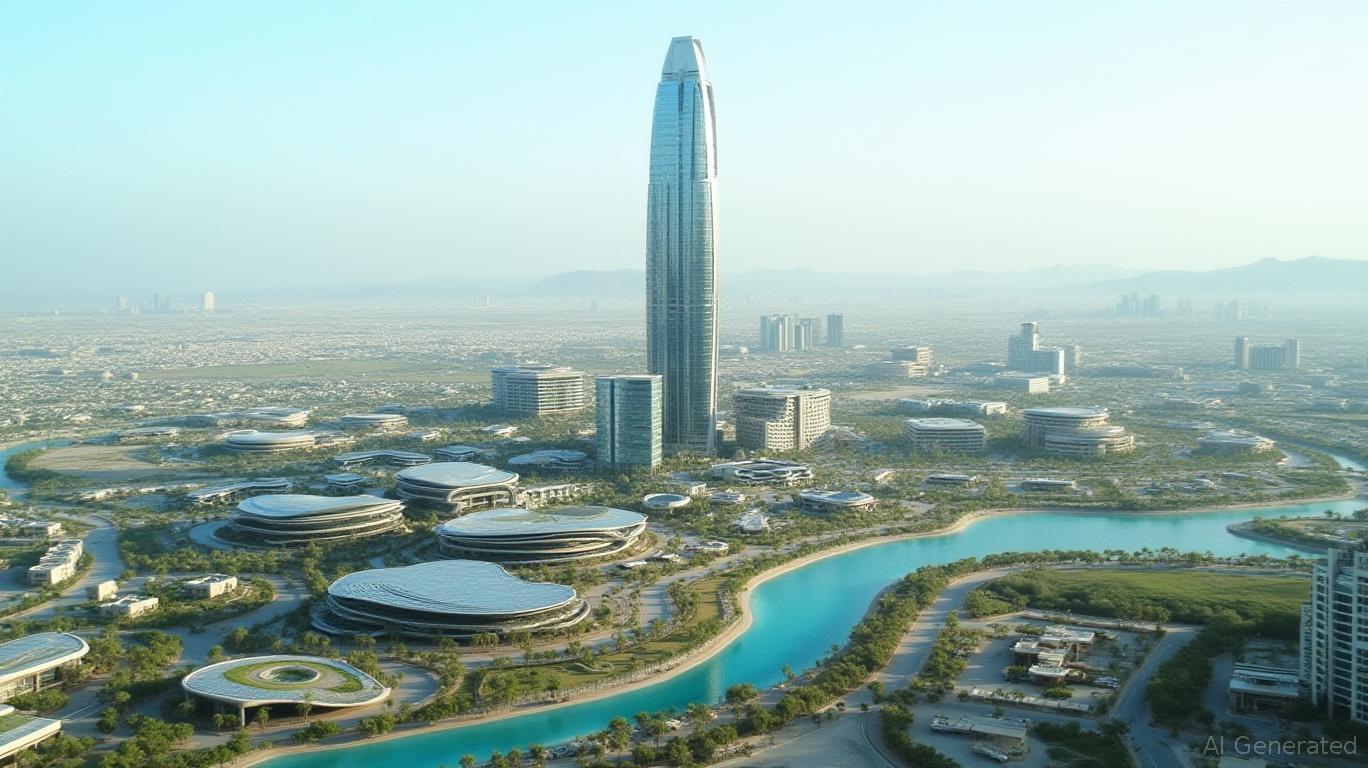Dubai’s real estate market has emerged as a beacon of stability and opportunity in a world grappling with geopolitical tensions, inflation, and stagnant growth. With prices at a fraction of Western markets, superior rental yields, and a government-backed growth engine, Dubai is redefining the global investment landscape. As we delve into why the emirate is becoming a top-tier destination for capital preservation and returns, it’s essential to unpack the unique value propositions that make it so attractive.

The Value Proposition: Price and Yield Superiority
One of the most compelling reasons to invest in Dubai’s real estate market is its unparalleled affordability. A prime residential property in Dubai costs just $438 per square foot, compared to $1,480 in London. This represents an impressive 62% discount. The disparity becomes even more pronounced in luxury markets, where Dubai’s average price per square meter stands at $3,850, whereas London’s averages $19,350—a staggering 80% difference.
Moreover, the rental yield gap is equally striking. Dubai boasts an average yield of 7%, which dwarfs London’s mere 2.4%. This translates to a more tangible income stream for investors. Adding to this, Dubai has experienced remarkable growth, with a 16.5% year-on-year price increase (inflation-adjusted) reported for 2024, compared to London’s stagnant 1.6% growth. Clearly, the numbers reflect Dubai’s rising status as a viable investment hub.
Structural Advantages: Tax-Free Ecosystem and Regulatory Tailwinds
Dubai’s attractiveness is further amplified by its investor-friendly ecosystem. A major advantage is the zero tax regime: investors pay no property taxes, capital gains tax, or income tax if they are expats. This setup enhances the net return on investment, which is a significant draw for many foreign investors.
The Golden Visa incentives also play a pivotal role in attracting capital. Investors can secure permanent residency, enjoy visa-free travel, and maintain business ownership rights. Such policies have substantially increased Dubai’s appeal as a long-term investment destination.
Furthermore, the Dubai 2040 Urban Master Plan is injecting a colossal $200 billion into the emirate’s infrastructure, focusing on transportation, smart cities, and mixed-use developments. This is not just a plan; it’s a vision that underscores the government’s long-term commitment to enhancing the living and investment environment.
Sustainability: Addressing Concerns with Global Standards
With growing environmental consciousness, critics often scrutinize Dubai’s sustainability efforts. However, the emirate is taking significant strides to foster a greener future. For instance, the Dubai Green Building Regulations mandate stringent energy efficiency, water conservation, and circular design practices, with over 400 LEED-certified projects already underway.
Areas like Aldar’s Haven and Expo City Dubai are on track to achieve net-zero emissions, setting a benchmark for sustainability. Additionally, the Mohammed bin Rashid Solar Park now supplies an impressive 47% of Dubai’s energy, with ambitions to boost this to 75% renewable energy by 2050. Other initiatives, such as The Sustainable City, showcase waste management innovations by diverting 85% of waste from landfills and relying 100% on solar power.

Risk Mitigation: Stability in Volatile Markets
In contrast to Western markets, which face rising mortgage rates, overvaluation, and geopolitical instability, Dubai’s fundamentals remain resilient. A critical aspect of this is the limited supply in premium zones like Downtown Dubai and Palm Jumeirah. These areas have constrained inventory, which naturally fuels price growth.
Moreover, the diverse demand base comprising expats (who make up 50% of the resident population), GCC investors, and global high-net-worth individuals insulates Dubai from local economic cycles. The currency resilience of the UAE dirham, which is pegged to the dollar, adds another layer of stability, reducing exchange rate risks for investors.
Investment Strategy: Where to Deploy Capital
- Luxury and mixed-use developments: Projects like The Sustainable City and Athlon are gaining attention for their high rental yields and eco-certified designs.
- Infrastructure-linked assets: Properties situated near Dubai World Central or Jebel Ali Port stand to benefit significantly from ongoing logistics growth.
- Government-backed initiatives: Focus on zones identified in the Dubai 2040 plan, particularly developments like Dubai Creek Harbour, which promise strong returns.
In this rapidly evolving market, the strategic allocation of capital can yield significant benefits. Understanding the dynamics of the area you’re investing in will further enhance your potential for high returns.

